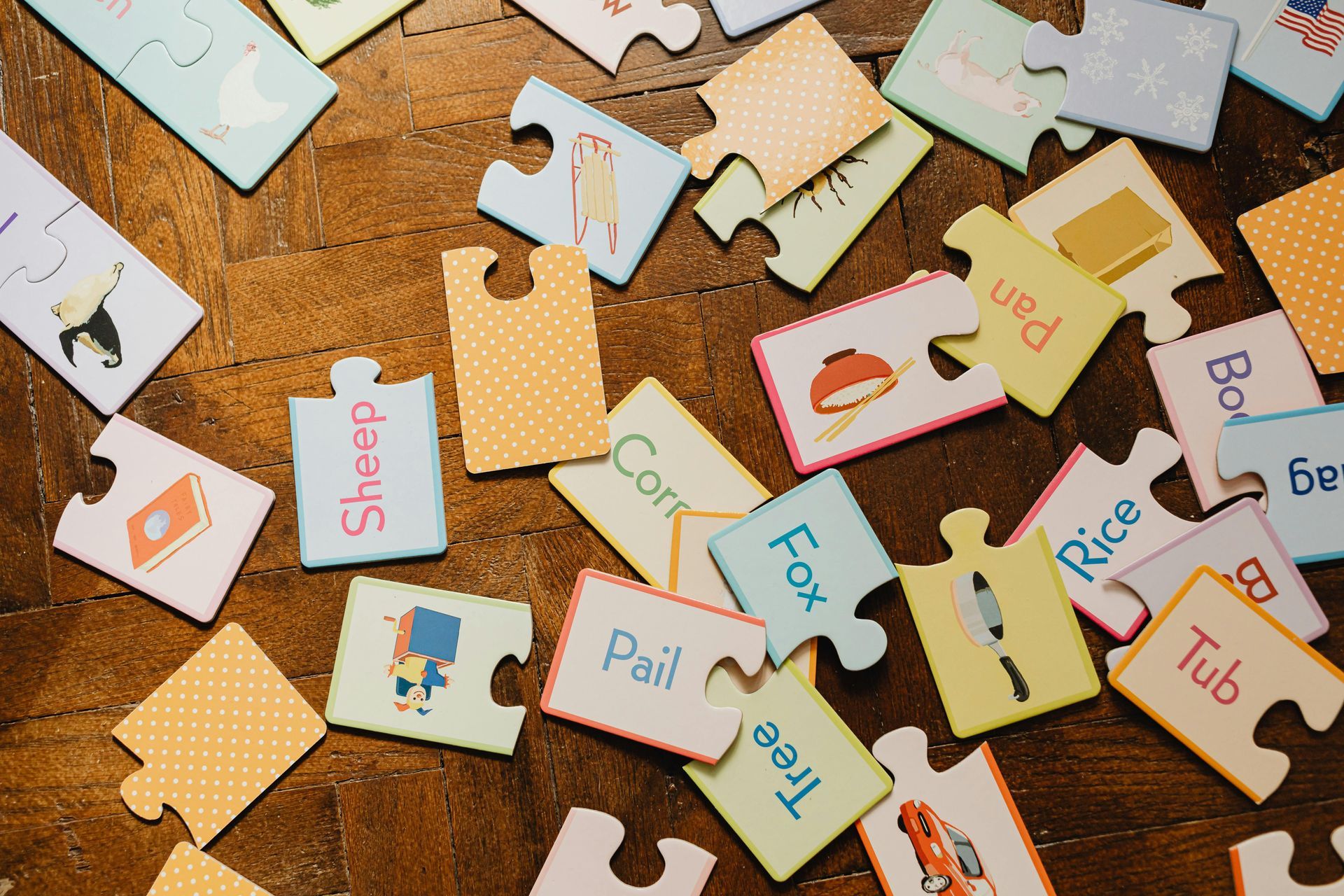Signs of Dyslexia
Common and Surprising Signs of Dyslexia
Many people have asked me, “How do I know if my child has dyslexia?” There are many signs to look for which I will share in this post. Some are the expected, but others are more surprising, because dyslexia is how the brain processes language. When I first started learning about dyslexia, I thought it only affected reading, but it didn’t take me long to realize that there are so many potential areas that it can affect.
One thing to keep in mind is that dyslexia is hereditary, and it usually doesn’t skip generations. The severity of dyslexia can and does change from one generation to the next. In other words, it can look a little different from one generation to another. It’s possible to go for a few generations with very mild symptoms, and then suddenly have a child born who is severely dyslexic. Where the family members with dyslexia in previous generations may have experienced only 3 or 4 symptoms, and got along in school okay although it was difficult, the next generation might have a child that experiences 10 symptoms, and struggles so much in school that everyone is wondering what happened?
The good news is that as soon as a parent or teacher recognizes what is happening, that child can start getting help (if you live in a state that recognizes dyslexia for what it is – a processing problem, not a behavior problem). There are many Orton-Gillingham based reading systems that will work well with a dyslexic student. If you are lucky enough to live within a school district that has one of these tools, and they agree to start your child in this specialized reading system, you’re a step ahead.
Unfortunately, this is not an option for so many families!
If you fall into this group, keep reading. You, as the parent, will need to be your child’s best advocate. If you read my last Blog, you know that this is how I became so involved with learning everything I could about dyslexia, and then helping dyslexics for the last 18 years.
First of all, here are some of the more common warning signs of dyslexia:
1) Delayed speech
2) Constant confusion of left versus right
3) Letter or number reversals continuing past first grade
4) Slow, inaccurate reading (may misread or skip prepositions like: in, at, of)
5) Can’t sound out unknown words
6) Difficulty copying from the board and/or book
7) Terrible spelling
8) Dysgraphia (slow, nonautomatic handwriting that is hard to read)
9) Extremely poor written expression, although verbal communication is normal
10) Poor grades no matter how hard they try
11) Avoiding reading whenever possible
Some warning signs that may surprise you:
1) Late establishing a dominant hand
2) Trouble learning to tie shoes (Velcro is our friend)
3) Trouble telling time on a clock with hands (we are now blessed with digital)
4) Extremely messy bedroom, backpack, and desk
5) Dreads going to school
6) May have nightmares about school
7) Unable to master a foreign language (ASL – American Sign Language is an option)
8) Trouble “getting” jokes
9) Easily answers questions about paragraphs that are read aloud, even though they struggle to answer the same questions if they read the paragraph for themselves.
Most dyslexics do not exhibit every symptom. Dyslexia can look different and is individualized for each person. There so many combinations of symptoms that unless you’re familiar with the list, it can be very difficult to understand what the dyslexic child or adult is facing. (I’m posting a more comprehensive, but not exhaustive, list of symptoms on my website).
Remember: Knowledge about dyslexia, is power to know what questions to ask.

Beginning Sight Words
I to he
can me look
for some many
have and with
his this where
from says done
the go is
of what good
goes any should
we you little
they help who
Mr. could again
see do she
said put come
your would was
a my does
want has Mrs.
as been there
like are how
hear play walk
Note to Parents:
Remember when teaching sight words to your child, it’s best to put them on 3”x 5” cards and start with 5 at a time. When your child is comfortable with the first 5, add in 2 or 3 more at a time.
I would probably look at the list with a reading book in hand. Start with the sight words that they will need to be able to read fluently in their reader. Since different readers have different sight words, this is the best way to get started.
You can start by having them just read the word. When they are proficient with remembering the word, you can also have them learn to spell it. That is the goal: reading and spelling each sight word correctly.
Important Kindergarten Skills to Practice During the Summer and Beyond
A lot of kindergarten work is oral. There are only a few things on this list that requires writing. Here are some ideas to help you get started:
1. High Frequency and Sight Words: (Put them on flash cards if you can)
a. List 1: I, am, see, a, can, we, the, in, and, go, to, like, said, you, is, it, here, come, up, look, at, me, on, this, my
b. List 2: she, was, he, went, by, out, big, little, yes, with, no, not, going, down, where, are, they, from, have, for, run, his, will, one, of
2. Practice identifying upper and lowercase letters and their sound, including the digraphs ch, ck, sh, th, wh.
3. Practice writing their name legibly.
4. If your child knows his/her sounds, they may practice sounding out CVC (consonant, vowel, consonant) words. To do this say each sound and then put them together to say the word. Here is a list of sample words to start with: mat, bam, map, Sam, fat, tap, cab, pig, rim, ban, tag, gap, nag, bin, am, pin, rat, lip, at, hit, cat, rat, sat, fig, dog, jam, lid, dim, bog, dip, dig, kid, cob, cub, gum, us, wax, quit, wag, ox, cut, yum, path, neck, chin, rock, back, rush, chop
5. Work on Rhyming Words. Examples Set One: mat, bat, sat, cat, etc. Set Two: jump, bump, lump, etc. Set Three: sing, ring, bring, etc. Set Four: run, bun, fun, etc. (Rhyming words are strictly by ending sound and not the spelling such as fun and done.
6. Math Skills:
a. Practice counting from 1 to 100 by 1’s and practice counting by 10’s to 100.
b. Practice writing numbers from 1 to 20.
c. Practice adding numbers reaching 5, such as 1+2=3, 2+3=5, etc.
d. Practice recognizing flat shapes: triangle, square, rectangle, circle, hexagon.
e. Practice 3-D shapes: sphere, cone, cylinder, prism, cube.
7. Besides these academics, working on small motor skills is also critical for kindergarten children. Suggestions include:
a. Practice cutting with scissors – straight lines and curves
b. Coloring – Staying in the lines
c. Playdough – pinching and shaping
d. Any other activity that requires using fingers with small things
Spending 10 to 15 minutes each day practicing some of these things will really help your child excel.

